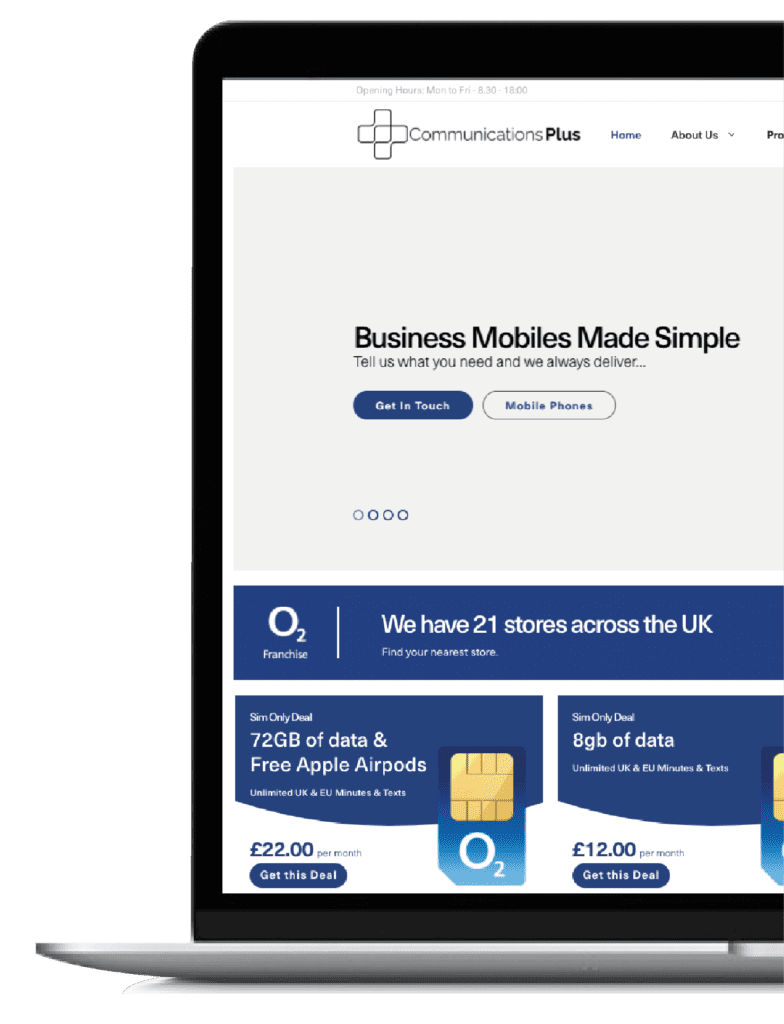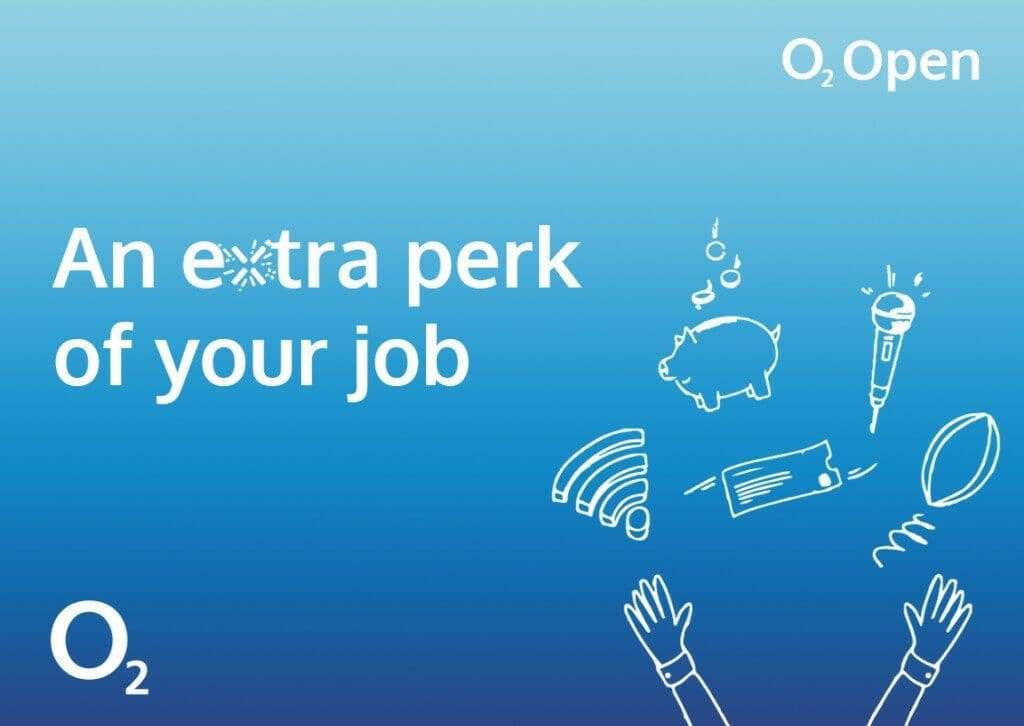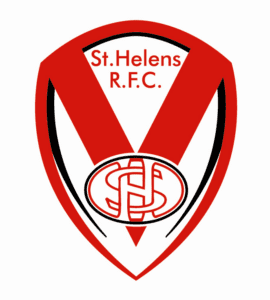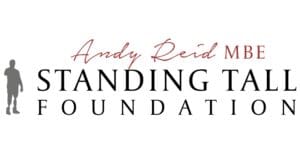Choosing the right emoji meaning for business conversations can enhance communication and convey emotions effectively. Here’s our top 5 emojis- and their emoji meanings, often deemed appropriate for professional settings:
- ???? Thumbs Up: This emoji is universally recognised as a positive affirmation or approval. It’s a versatile choice to acknowledge agreement, approval, or successful completion of a task.
- ???? Calendar: When scheduling meetings, appointments, or discussing timelines, the calendar emoji helps convey a sense of organisation and commitment to timelines.
- ???? Folded Hands: This emoji is commonly used to express gratitude or appreciation. It’s a courteous way to acknowledge a favour, express thanks, or convey a sense of collaboration.
- ???? Email: In digital communication, the email emoji can be a quick way to refer to sending or receiving emails. It’s especially useful when discussing correspondence or requesting information via email.
- ???? Handshake: As a symbol of agreement, partnership, or closing a deal, the handshake emoji is a professional choice for expressing mutual understanding or sealing a business arrangement.
Getting the emoji meaning right.
In the realm of professional communication according to Forbes, physical cues like facial expressions and body language have traditionally played a pivotal role in conveying emotions and intentions. However, with the widespread adoption of hybrid and remote work, interpreting and expressing such cues has become a challenge, given the predominant reliance on text-based communication.
A survey conducted by communication platform Loom reveals that despite the prevalence of text-based communication, a significant portion of office workers feels that digital messages among colleagues are frequently misconstrued. To address this challenge, there is a notable surge in the use of emojis in the virtual workplace, serving as an alternative means of conveying emotions and nuances.
Emojis function as a valuable tool to enhance text-based and virtual communications, offering clarity to messages and conveying the intensity of expressed emotions. Moreover, their potential extends to improving leadership skills in the context of hybrid or remote work settings. Can team leaders leverage emojis and their emoji meaning to foster stronger connections with their remote teams?
However, the adoption of emojis is not without its complexities, with considerations of intergenerational and cultural differences. Notably, a survey by Slack and Duolingo involving 9,400 respondents found that 58% were unaware of specific emojis having multiple meanings. The younger generation, such as Gen Z, reportedly finds the use of the smiley face emoji offensive. Moreover, cultural and geographical disparities may lead to varying interpretations of seemingly friendly gestures. The increasing relevance of emojis in legal contexts is evident in Eric Goldman’s 2021 Emoji Law Year-in-Review.
Despite these challenges, emojis are undeniably becoming more ingrained in workplace communication. Many businesses have reported increased emoji usage following the introduction of digital collaboration tools. The landscape of collaborative tools has expanded significantly, encompassing instant messaging, video conferencing, and whiteboards, with many platforms incorporating emoji expressions. Slack, for instance, boasts over 26 million custom emojis since the introduction of this feature.
Within digital collaboration tools, the use of “reacjis” has played a pivotal role in fostering emoji acceptance in the workplace. While the term may be unfamiliar to some, the concept of acknowledging messages with emoji-like symbols is reminiscent of social media practices. For instance, the “clapping hands” reacji is commonly used to acknowledge a job well done or express appreciation after an online presentation. Slack reports millions of reacjis sent each week, indicating the growing prevalence of emoji use in professional contexts.
One purported advantage of emojis and the emoji meaning in the workplace is the streamlining of communications, reducing the need for follow-up messages and minimising noise. According to the Slack-Duolingo survey, 58% of employees believe emojis enable more nuanced communication with fewer words, and 54% perceive them as speeding up workplace interactions.
Emojis are also finding utility in workforce analytics as a means of inputting emotional data. Recognising the impact of emotions on performance and innovation, employees often respond to surveys using emojis to indicate stress levels, well-being, and subjective productivity levels. This integration of emotion analytics into human resources practices is becoming increasingly standard.
Research on the use of emojis in professional settings yields mixed findings. Some studies suggest that using emojis in formal or business communications fosters warmth and perceived empathy but may result in lower competence attributions, particularly in customer service contexts. Another study indicates that negative emojis tend to amplify negative emotions, while positive emojis have a positive impact in complex communications.
Currently, evidence-based guidance on the appropriate use of emojis in the workplace is lacking. For those new to or hesitant about incorporating emojis into professional settings, starting with simple “reacjis” and observing colleagues’ emoji usage on official messaging channels can serve as a helpful initiation. Additionally, being mindful of the audience, context, emoji meaning, and timing remains crucial when utilising emojis in business communications.
Remember, the appropriateness of emojis can vary based on the corporate culture and the nature of the conversation. Always consider the context and your relationship with the recipient when incorporating emojis into business communications.
Call 03701 020204











